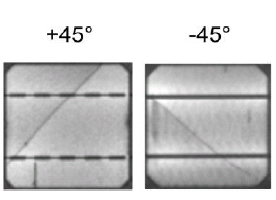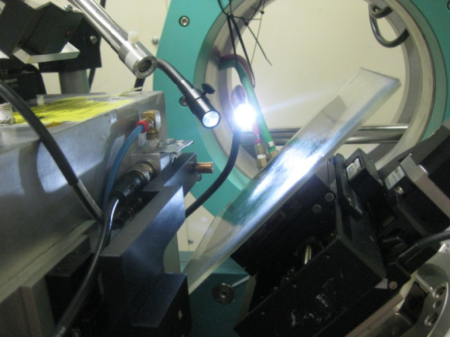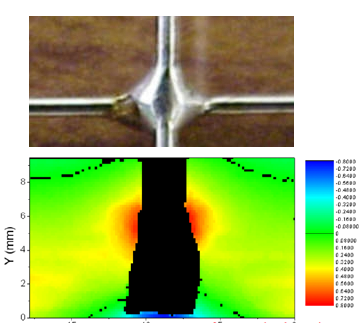The effort to shift U.S. energy reliance from fossil fuels to renewable sources has spurred companies to reduce the cost and increase the reliability of their solar photovoltaics (SPVs). The use of thinner silicon in SPV technologies is being widely adopted because it significantly reduces costs; however, silicon is brittle, and thinner silicon, coupled with other recent trends in SPV technologies (thinner glass, lighter or no metal frames, increased use of certain polymers for encapsulation of the silicon cells), is more susceptible to stress and cracking. When the thin silicon wafers being used to create the next generation of silicon SPVs fracture, the solar cells operate at lower efficiency, and the resulting increase in resistance and temperature can induce failure in the SPV panel.

To address this reliability problem, Arief Budiman—a former energy researcher at leading SPV company SunPower Corporation who is currently an Assistant Professor of Engineering Products Design (EPD) at Asia’s premier technology and design-focused establishment, the Singapore University of Technology and Design (SUTD)—has joined what he calls “the race of the SPV panel.” He hopes to help create an SVP panel (a connected assembly of solar cells that turns sunlight into usable energy) that will last 25 years, require low maintenance costs, and meet the challenge set forth in the Department of Energy’s SunShot Initiative by 2020, which is to create solar technology installed systems that cost an average of $1 per Watt for utility-scale PV systems.
To gain a better understanding of the stress and fracture of silicon, Budiman used a fundamental approach to systematically find stress and enable solutions for next-generation crystalline silicon SPV systems. With the help of ALS Beamline Scientists Nobumichi Tamura and Martin Kunz, Budiman performed stress measurements and mapping of solar cells using in-situ synchrotron x-ray microdiffraction techniques at ALS Beamline 12.3.2.

“The ALS has helped us a lot in studying the fundamental root cause of the cracking problem in silicon cell technology,” says Budiman. “The ALS provides us with a light that allows us to measure and characterize molecular stress in a very quantitative way, with high resolution, so we are able to see what the stresses are and find the points of the highest stress concentration in the silicon cells.”
Practically all cracks are known to start from solder joints, which connect solar cells to one another. Stress is most highly concentrated where the solder meets silicon. These two materials have different tendencies for expansion. Solder (mostly tin, containing 3-4 percent other metals like silver or lead) expands a lot, while silicon just a little. When the materials are joined together, silicon is forced to expand more than it wants to, which causes tensile stress.
Once researchers confirmed that highest stress concentrations were near the solder, they studied the kinds of stress and different modes of fracture, which in turn pointed the way to understanding the origins of the cracks. The brightness of the ALS offers a clear advantage over other techniques to study this problem. The silicon cell in an SPV is encapsulated by polymer, and Budiman needed to study the stress on silicon in this state—in situ. “Using the ALS we can measure the stress of silicon while encapsulated in approximately several hundred microns of polymer, something we cannot do with Raman microscopy or other techniques,” Budiman says.

He found that two of the same silicon cells, packaged with two different polymers, yield different measurements of stress, proving an interaction between the silicon and packaging materials. Though the mechanisms responsible for crack differences associated with different polymers are not yet fully understood, they can still advance SPV products. Budiman also proposes that lower stress in the solder could lower stress in the silicon. This could be achieved by lowering the solder’s coefficient of thermal expansion by changing its composition, or by altering the method of soldering, creating a pattern more able to carry stress loads.
“This ongoing project is gathering fundamental knowledge about things people weren’t expecting,” says Budiman. “It will change how people think about these problems.”